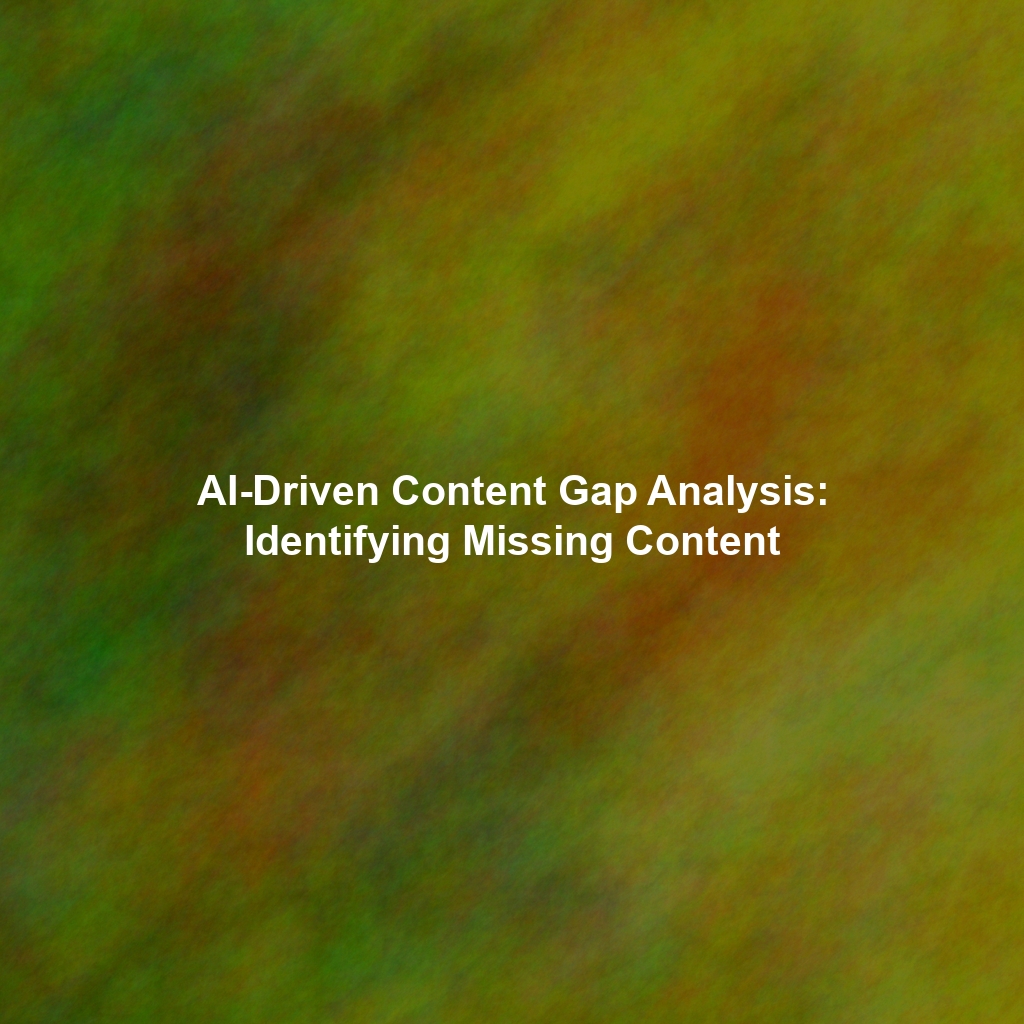Introduction: Untangling the Web of Marketing Impact
Without a clear understanding of attribution, businesses are essentially flying blind, relying on guesswork to allocate their marketing budget. This can lead to underfunding successful channels and overspending on less effective ones. Attribution modeling offers a data-driven approach to navigating the complexities of the customer journey, enabling smarter decisions and improved marketing performance.
Why is Attribution Modeling Crucial for Marketing Analytics?
Attribution modeling is more than just a theoretical exercise; it’s a foundational element of robust marketing analytics. Here’s why:
- Improved ROI Measurement: Accurately attribute conversions to specific marketing channels and campaigns, allowing you to precisely measure the return on your investment.
- Optimized Budget Allocation: Identify high-performing channels and allocate your budget accordingly, maximizing your marketing efficiency.
- Enhanced Campaign Planning: Gain insights into the customer journey, enabling you to create more targeted and effective campaigns.
- Data-Driven Decision Making: Move away from gut feelings and make marketing decisions based on concrete data and analysis.
- Better Customer Understanding: Understand how customers interact with your brand across different touchpoints, leading to more personalized experiences.
Decoding Different Attribution Models: A Comprehensive Overview
The world of attribution modeling offers various approaches, each with its own strengths and weaknesses. Understanding these different models is key to choosing the right one for your business. Here’s a look at some of the most common models:
Last-Touch Attribution
The simplest model, last-touch attribution, gives 100% of the credit to the final touchpoint that led to a conversion. For example, if a customer clicks on a Google Ads ad and then makes a purchase, Google Ads gets all the credit.
Pros: Easy to implement and understand.
Cons: Ignores all other touchpoints in the customer journey, potentially undervaluing earlier interactions.
First-Touch Attribution
Conversely, first-touch attribution assigns 100% of the credit to the initial touchpoint that brought the customer into the funnel. If a customer first encountered your brand through a social media post and then made a purchase later, social media would receive all the credit.
Pros: Highlights the channels responsible for generating initial awareness.
Cons: Overlooks the impact of subsequent touchpoints that nurtured the customer towards conversion.
Linear Attribution
The linear attribution model distributes credit evenly across all touchpoints in the customer journey. If a customer interacted with five different touchpoints before converting, each touchpoint would receive 20% of the credit.
Pros: Simple and considers all touchpoints.
Cons: Doesn’t account for the relative importance of different touchpoints.
Time-Decay Attribution
The time-decay attribution model gives more credit to touchpoints that occurred closer to the conversion. The assumption is that the closer a touchpoint is to the purchase, the more influential it was.
Pros: Recognizes the increasing importance of touchpoints closer to the conversion.
Cons: Still arbitrary in its weighting and may undervalue initial awareness-building efforts.
U-Shaped (Position-Based) Attribution
The U-shaped model assigns the most credit to the first and last touchpoints, with the remaining credit distributed evenly among the other touchpoints. A common split is 40% to the first touch, 40% to the last touch, and 20% distributed among the remaining touchpoints.
Pros: Recognizes the importance of both initial awareness and the final conversion driver.
Cons: Can undervalue middle-of-funnel interactions.
W-Shaped Attribution
The W-shaped attribution model gives credit to the first touch, the touch that led to lead creation and the touch that created the opportunity. Each of these important milestones receives roughly 30% of the credit with the remainder distributed to the other touchpoints.
Pros: Focuses on the important milestones in the sales process.
Cons: More complex to implement and typically used only in B2B sales processes.
Custom Attribution Models
These models allow you to create a personalized attribution system based on your specific business needs and customer journey. You can define your own rules and weighting to reflect the unique impact of different touchpoints.
Pros: Highly tailored to your specific business and customer behavior.
Cons: Requires significant data analysis and ongoing optimization.
Algorithmic (Data-Driven) Attribution
Algorithmic attribution uses machine learning algorithms to analyze your historical data and identify the true impact of each touchpoint. These models are dynamic and adapt as new data becomes available.
Pros: The most accurate and sophisticated approach, providing a holistic view of the customer journey.
Cons: Requires significant data and expertise to implement and maintain. Also, the “black box” nature can make it difficult to understand the underlying logic.
Choosing the Right Attribution Model: A Step-by-Step Guide
Selecting the optimal attribution model for your business depends on several factors. Consider these steps:
- Define Your Goals: What do you want to achieve with attribution modeling? Are you looking to optimize your budget, improve campaign planning, or gain a deeper understanding of your customer journey?
- Analyze Your Customer Journey: Map out the typical path a customer takes from initial awareness to conversion. Identify the key touchpoints and their relative importance.
- Consider Your Data Availability: Do you have sufficient data to support a complex model like algorithmic attribution, or should you start with a simpler model like linear or time-decay?
- Evaluate Your Resources: Do you have the expertise and resources to implement and maintain a custom or algorithmic attribution model, or will you need to rely on pre-built models within your marketing platforms?
- Start Simple and Iterate: Begin with a simpler model and gradually move towards more sophisticated models as your data and expertise grow. Regularly evaluate the performance of your chosen model and make adjustments as needed.
- Don’t Rely on a Single Model: Consider using multiple models to gain a more comprehensive understanding of your marketing performance. Compare the results of different models to identify potential discrepancies and uncover hidden insights.
Practical Tips for Implementing Attribution Modeling
Successfully implementing attribution modeling requires more than just choosing a model. Here are some practical tips to ensure a smooth and effective implementation:
- Data Collection is Key: Ensure you have robust tracking in place to capture all relevant touchpoints across your marketing channels. This includes website analytics, CRM data, email marketing data, and advertising platform data.
- Data Integration is Essential: Integrate your various data sources into a central platform to create a unified view of the customer journey.
- Utilize Marketing Automation Platforms: Many marketing automation platforms offer built-in attribution modeling capabilities. Leverage these tools to simplify the implementation process.
- Regularly Review and Refine: Attribution modeling is not a one-time setup. Continuously monitor your data, analyze your results, and refine your model as needed.
- Focus on Actionable Insights: The goal of attribution modeling is to generate actionable insights that can improve your marketing performance. Don’t get bogged down in the details; focus on identifying the key drivers of conversion and optimizing your strategies accordingly.
- Document Your Process: Document your attribution model, data sources, and analysis methodologies. This will help ensure consistency and transparency across your marketing team.
Common Pitfalls to Avoid in Attribution Modeling
Even with careful planning, several pitfalls can derail your attribution modeling efforts. Being aware of these potential issues can help you avoid them:
- Incomplete Data: Missing or inaccurate data can significantly skew your attribution results. Ensure you have robust tracking in place to capture all relevant touchpoints.
- Oversimplification: Choosing a model that is too simplistic for your complex customer journey can lead to inaccurate attributions.
- Ignoring Offline Channels: If your business relies on offline marketing channels, make sure to incorporate them into your attribution model. This can be challenging but is crucial for a complete picture.
- Attributing Correlation as Causation: Just because two events occur together doesn’t mean one caused the other. Be careful not to draw causal conclusions without further analysis.
- Lack of Buy-In: Attribution modeling requires buy-in from all stakeholders, including marketing, sales, and management. Without this support, it will be difficult to implement and act on the insights generated.
- Static Analysis: The customer journey is constantly evolving. It’s important to continually monitor and update your attribution model to reflect these changes.
The Future of Attribution Modeling: What’s on the Horizon?
As marketing technology continues to evolve, so too will attribution modeling. Here are some emerging trends to watch out for:
- Increased Adoption of AI and Machine Learning: AI-powered attribution models will become even more sophisticated, providing more accurate and nuanced insights.
- Greater Emphasis on Cross-Device Attribution: As customers increasingly interact with brands across multiple devices, cross-device attribution will become essential for understanding the complete customer journey.
- Integration with Customer Data Platforms (CDPs): CDPs will play a key role in providing the unified customer data needed for effective attribution modeling.
- Focus on Incremental Lift: Instead of simply attributing conversions, marketers will increasingly focus on measuring the incremental lift generated by specific marketing activities.
- Personalized Attribution: Attribution models will become more personalized, tailoring the attribution logic to individual customer segments or even individual customers.
Conclusion: Embrace Data-Driven Marketing with Attribution Modeling
Attribution modeling is no longer a luxury but a necessity for modern marketers. By understanding how different touchpoints contribute to conversions, businesses can make smarter decisions about budget allocation, campaign planning, and customer engagement. While choosing the right model and implementing it effectively can be challenging, the benefits of improved ROI and enhanced marketing performance make it a worthwhile investment. Embrace the power of data-driven marketing and unlock the true potential of your marketing campaigns.
 Skip to content
Skip to content

